Samsung’s latest range of foldable phones are here, and just like last year, we’ve got two devices with a folding screen from the Korean company. There’s the larger Z Fold 4, and this phone right here, the Samsung Galaxy Z Flip 4. Yes, it looks strikingly similar to the previous Z Flip 3.
While this makes for a…less exciting device, the Galaxy Z Flip 4 does have some notable (albeit small) improvements here and there. These, in turn, make for a more refined, even more practical foldable phone that should improve its mainstream appeal.
If you’re ready for your first foldable phone, the Z Flip 4 could just be the device for you.
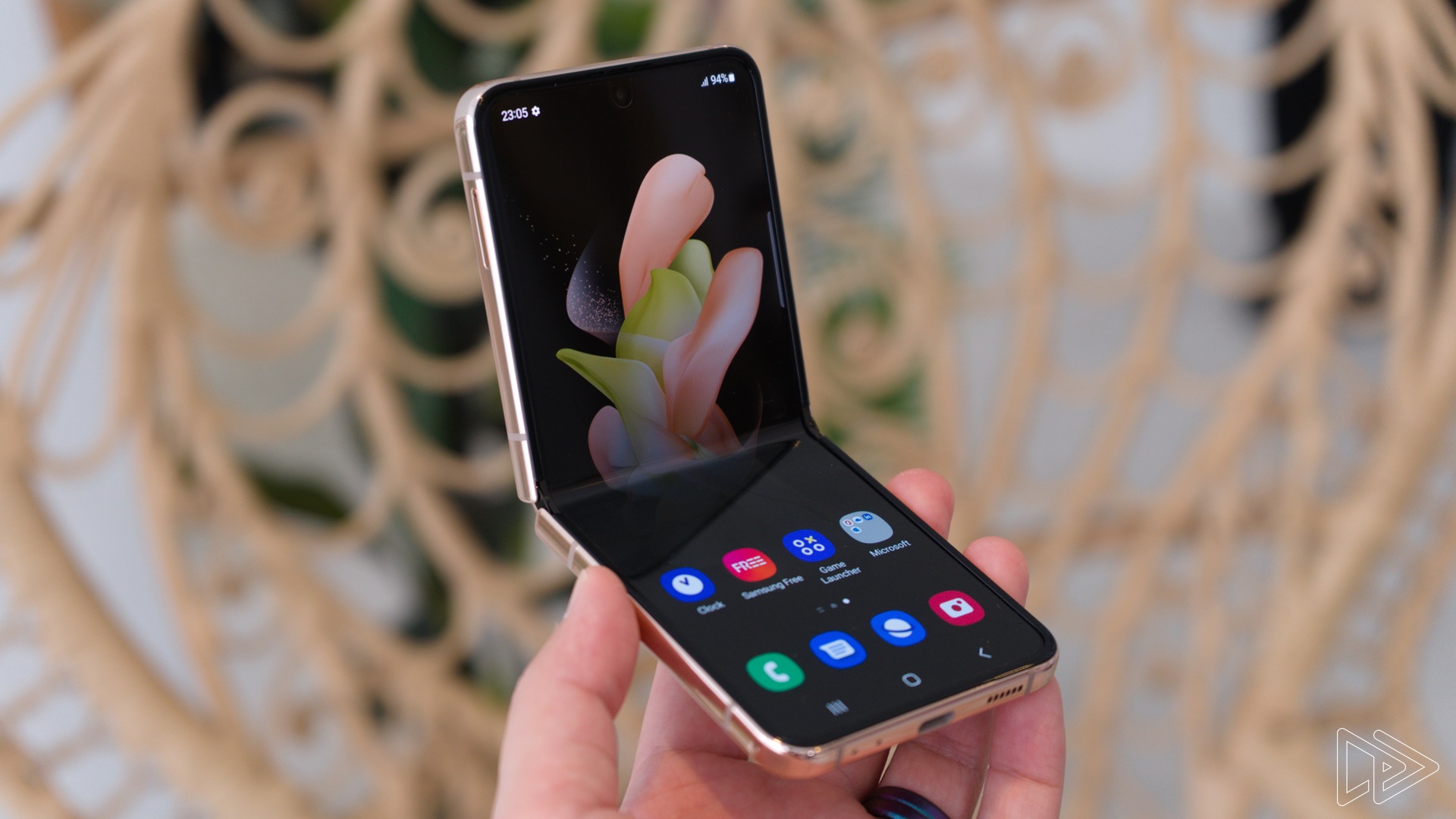
Although it looks identical to its predecessor, the Samsung Galaxy Z Flip 4 is actually ever so slightly shorter and narrower, so it’s more compact over the Z Flip 3. It also has flatter sides, improving the ergonomics of the foldable, clamshell-like phone. Basically, the Z Flip 4 feels more comfortable to hold.
Further enhancing the feel of the Z Flip 4 is the matte finish on the front and back panels. That’s right, gone are the glossy surfaces in favour of a matte, almost rubberised finish. Not only does it improve the look and feel of the phone, the matte panels also contrast nicely with the glossy metal frame.

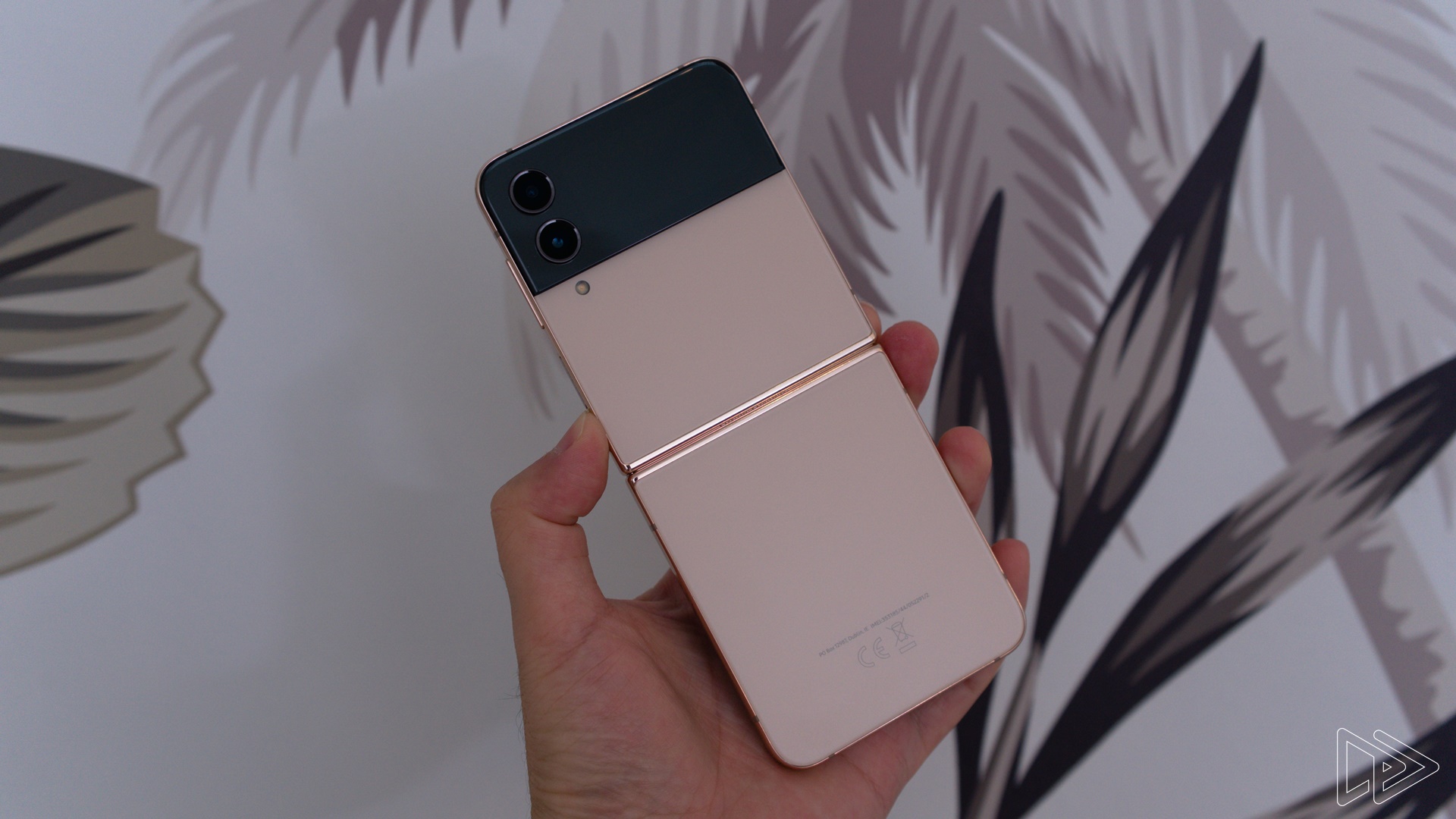
Another notable change – and it’s potentially a major quality of life improvement – is the Z Flip 4’s larger 3,700mAh battery; that’s a 400mAh increase over the previous model. This should (theoretically) improve the battery life of the foldable phone, though it remains to be seen by how much.
For the sake of comparison, I managed to get about four hours of screen on time with last year’s Z Flip 3. If the Z Flip 4 could, say, extend it up to five hours with its larger battery, I’d say it would be a win already.
And it could very well achieve that, thanks to the Qualcomm Snapdragon 8+ Gen 1 powering the Z Flip 4. After all, it’s built on a more power-efficient 4nm process over the 5nm Snapdragon 888 found under the hood of the Z Flip 3.
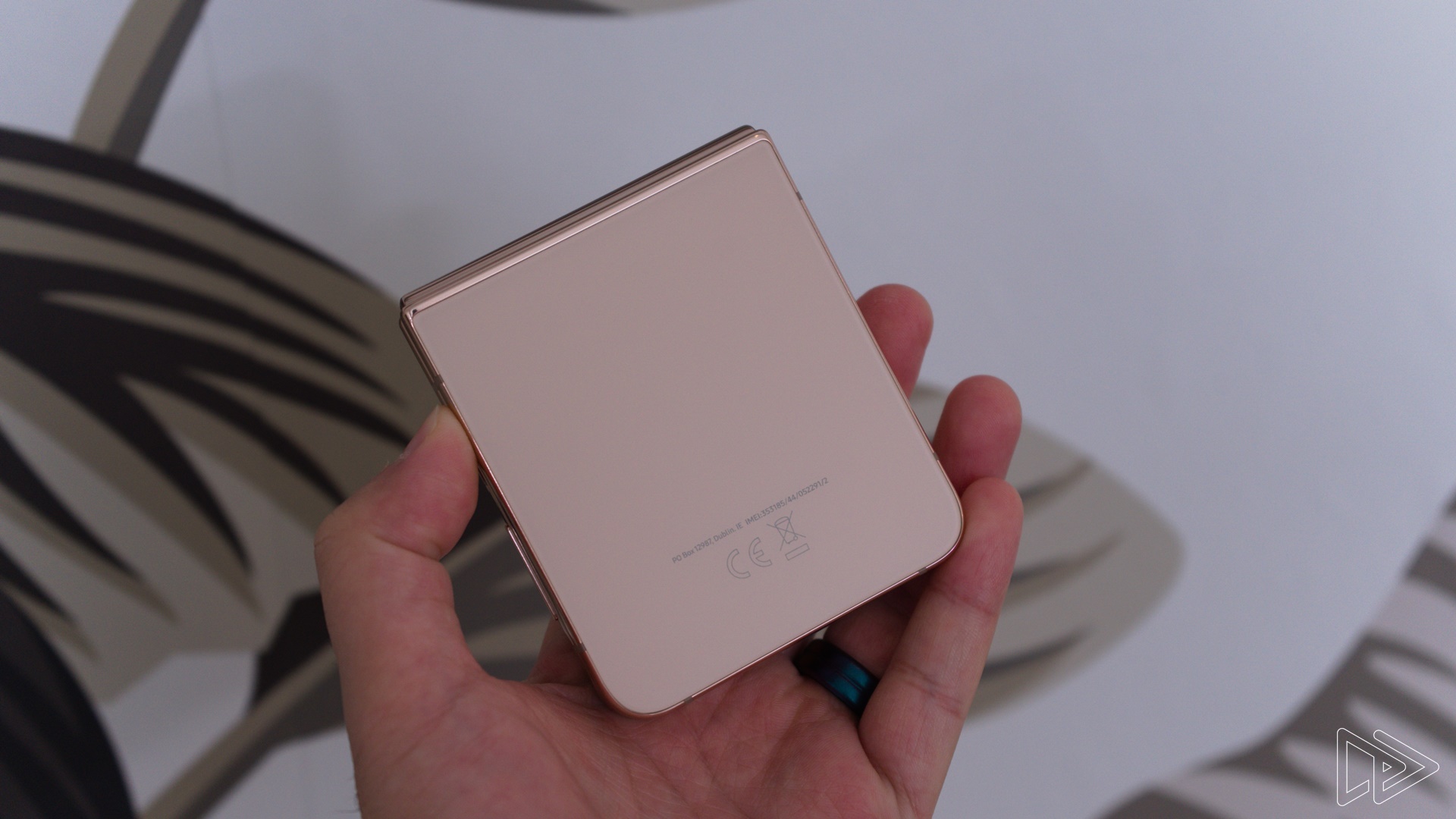



Of course, aside from that, the Snapdragon 8+ Gen 1 will be able to provide a high level of performance as well. In my brief time with the Z Flip 4, it feels fast and zippy; just like how a flagship smartphone should be like.
The fast display of the Galaxy Z Flip 4 certainly helps with the responsiveness of the phone too. It features a 6.7-inch 2640 x 1080 Dynamic AMOLED 2X display with a 120Hz adaptive refresh rate, so the panel’s refresh rate can go down to as low as 1Hz to conserve power.
What about the display quality of the Z Flip 4? As expected of Samsung, it’s as good as ever. It’s a bright, vibrant AMOLED panel with punchy colours, wide viewing angles, and deep, true blacks. Granted, it’s “only” a Full HD+ resolution, but I’d say this is still sharp enough for a display this size.


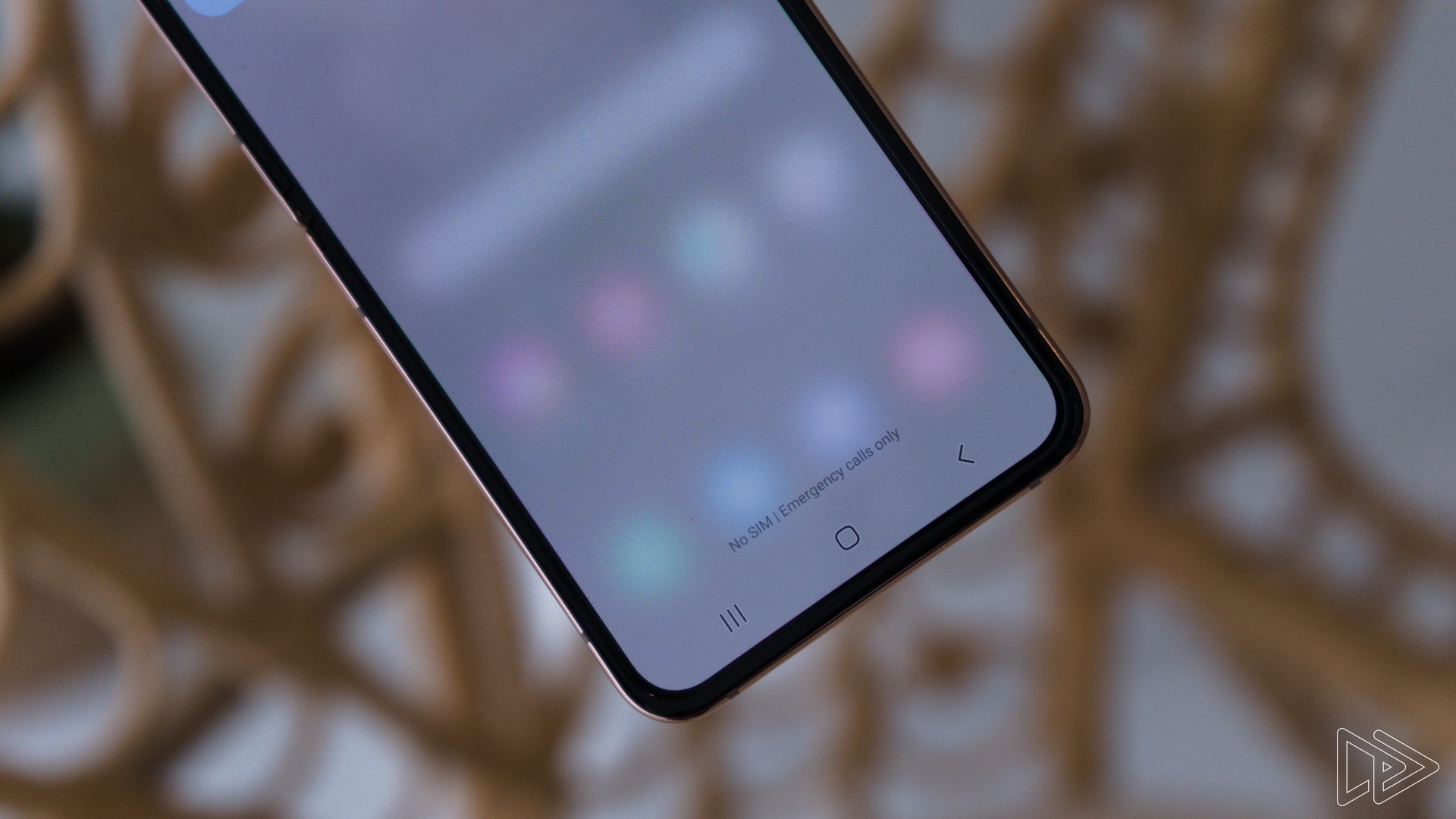
That being said, I do have some qualms with the display of the Z Flip 4, starting with the protective layer on top of the foldable glass screen. While it feels reasonably smooth to the touch, it’s still not as slick as…well, actual glass.
Oh, the crease on the foldable display is also visible if you look for it. While this doesn’t bother me – it practically disappears in normal use – some folks may be particular about this “imperfection.”
As for the 1.9-inch 260 x 512 Super AMOLED display on the cover of the Z Flip 4, it’s more or less the same here, though it is said to be more customisable now.


Last but not least is the camera performance of the Galaxy Z Flip 4. According to Samsung, the foldable phone now features a 65% brighter sensor, which should improve the camera’s low light performance. However, the dual camera configuration remains the same: it still consists of a 12MP primary sensor and a 12MP ultra-wide angle lens.
I managed to briefly test out the camera performance of the Z Flip 4 – albeit in a well-lit room – and it does still feel quite capable, even if it’s not an awfully sophisticated camera array. Unfortunately, we weren’t allowed to share any sample shots taken with the phone at the media briefing.

Now let’s talk prices. For the Malaysian market, the Galaxy Z Flip 4 retails from RM4,099 for the 8GB + 128GB model; a RM100 price increase over last year’s model. A tier up is the 8GB + 256GB configuration for RM4,399 (RM200 increase).
It’s also worth noting that the Malaysian market finally gets the Bespoke Edition of the Z Flip 4. Also packed with 8GB of RAM and 256GB of storage, this customisable model retails slightly higher at RM4,599. Also new to our market is the 8GB + 512GB variant of the foldable phone for a cool RM4,899.

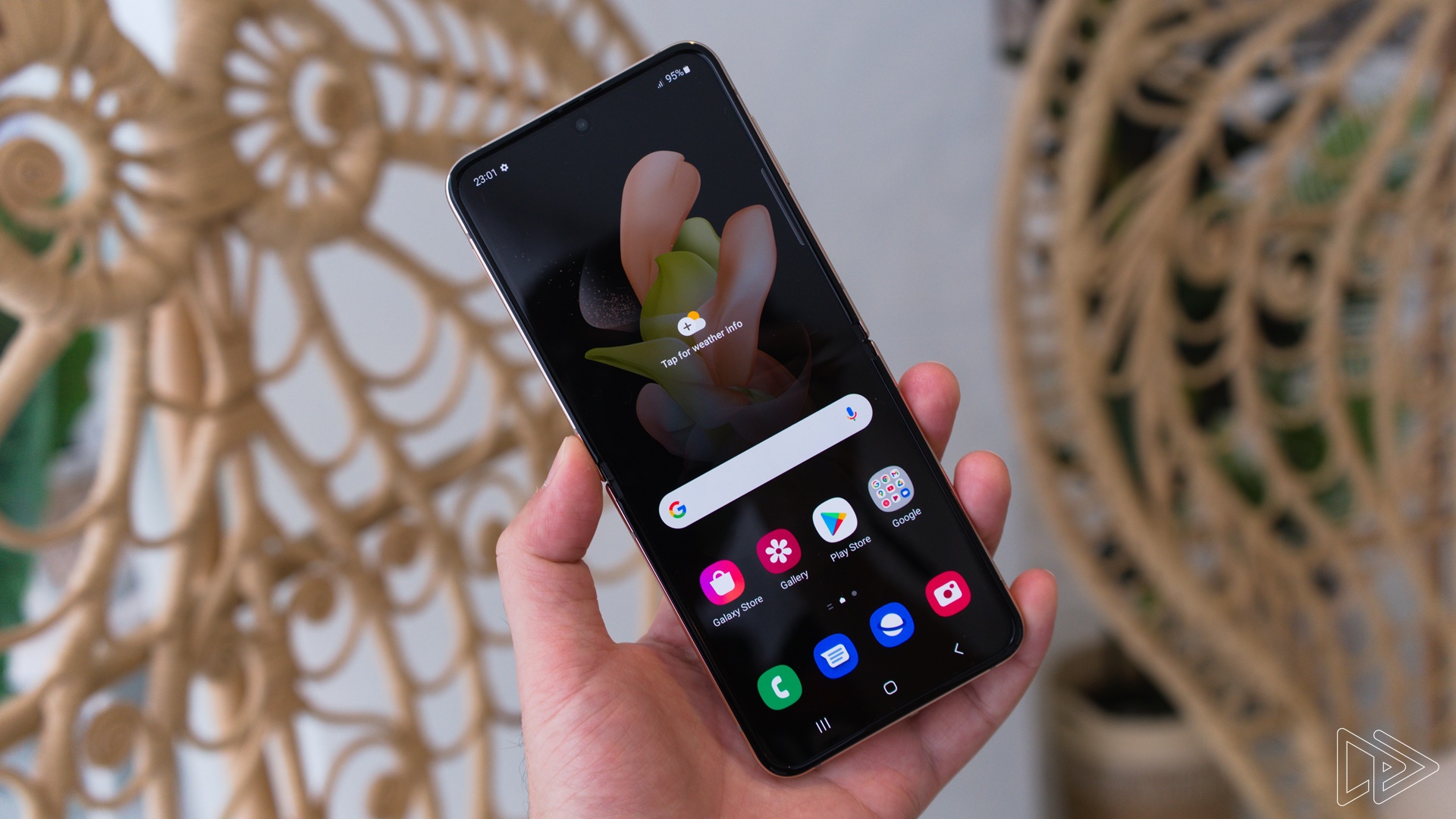
Given all of the upgrades you’re getting with the Samsung Galaxy Z Flip 4, the price increase is, in my opinion, justified. Not only does it feature a faster Snapdragon 8+ Gen 1 chipset now, it also looks and feels better, not to mention the fact that it has a slightly larger battery for improved battery life.
Yes, the Z Flip 4 doesn’t offer an exciting new design, but the small improvements that it does bring do make for a better foldable phone. Plus, it’s still IPX8-rated for water resistance – there’s no other foldable phone (aside from the Z Fold 4) with such a rating in Malaysia.
It’s also worth noting that many, many other flagship phones aren’t water-resistant either. The fact that this is a water-resistant foldable phone is impressive in its own right.
The Samsung Galaxy Z Flip 4 is now available for pre-order in Malaysia on Samsung.com. If you use code AMGZF4VIP at checkout, you can get a Super Fast Wireless Charger Duo worth RM369 with your purchase; a cable and 15W charger are also included.


ROG Keris II Ace Review: Excellent Ergonomic Gaming Mouse With a Matching Price Tag
Moondrop MIAD01 Official – Smartphone HiFi Player for 2,499 Yuan
Deal: Get Sony WF-1000XM5 With RM300 Discount Now
Disney+ Hotstar Now Starts at RM24.90/Month – Basic & Premium Plans Introduced